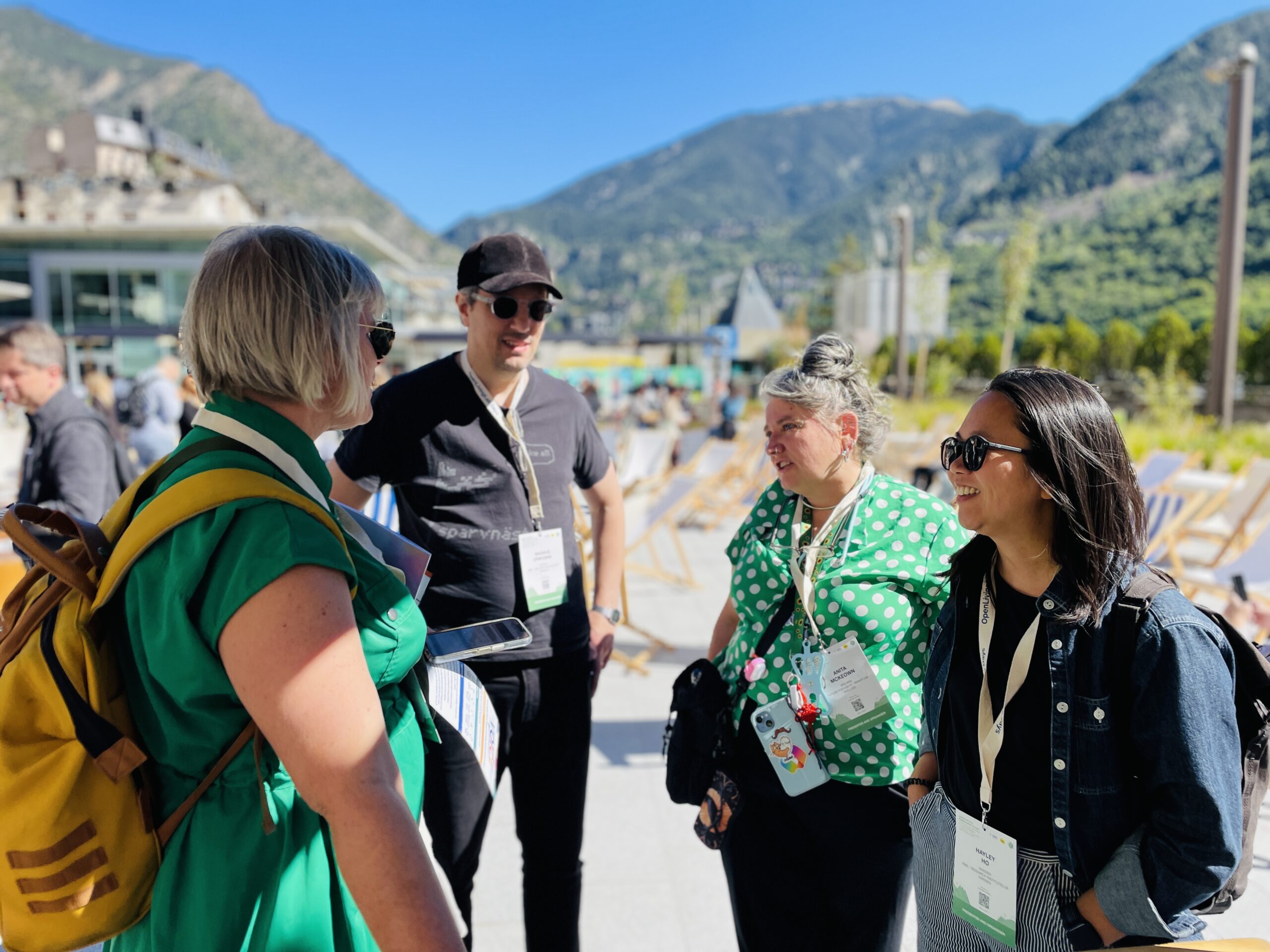Andorra, located in the heart of the Pyrenees, is the third smallest country in Europe with its own parliament and political parties. It was here, in the capital city of Andorra La Vella, surrounded by the imposing mountains between Spain and France, that over 350 people from the fields of research, industry, civil society and the arts gathered for three days to discuss what is perhaps the most creative form of modern development and its potential: living labs. These are spaces for innovation that offer endless scope for researching urgently needed developments to strengthen our ability to meet the social challenges of the present and the future.

The perfect environment for InteractionSeeds. Because the European research project also sees itself directly as a Living Lab. Launched in 2024, we can now confidently say that the 20 innovations and art-science interactions have led to amazing insights through a collaboration between art, science and citizens.
These insights were shared with the participants of the Open Living Lab Days during the three days in Andorra on 1-3 October 2025. It is fair to say that this exchange at our own exhibition stand, in the workshops and lectures, and in our own interactive panel discussion, developed into a wave of dialogues with a lasting impact.



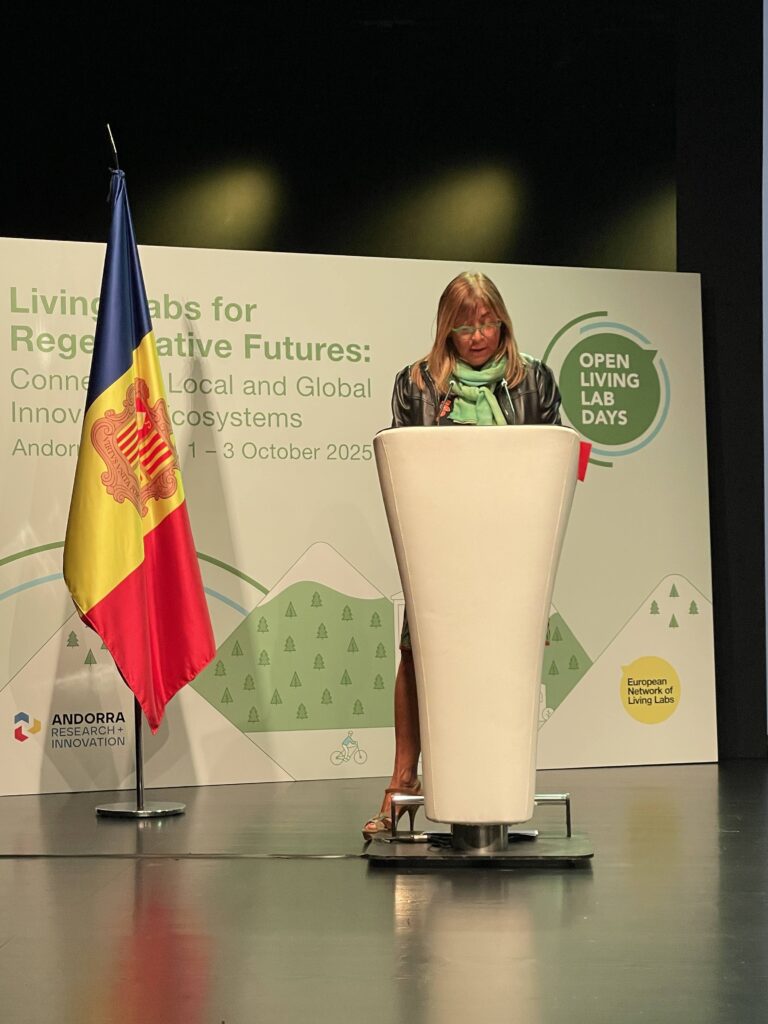

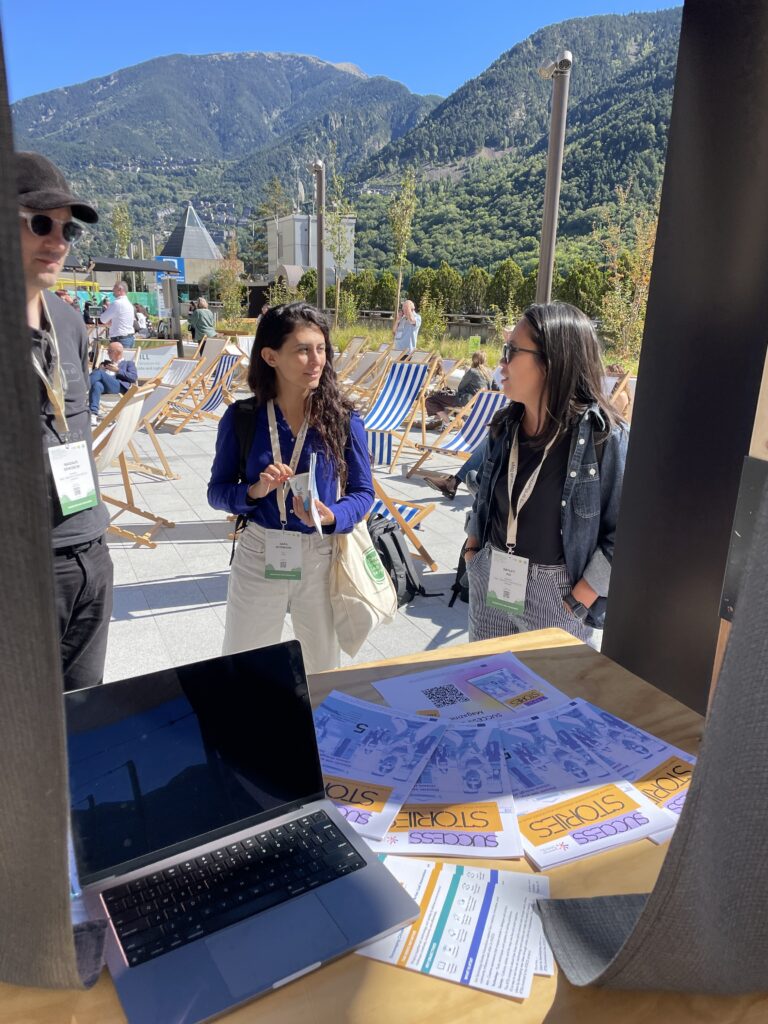
The collaboration between art and science has long since outgrown its niche existence, and almost all participants were able to report on their own experiences. Whether the topic was integration, climate, economy, health or culture, and regardless of which part of Europe, the approach of involving art and artists is absolutely essential.
This tenor was also evident in the InteractionSeeds panel discussion on the afternoon of the second day of the conference. In front of more than 20 visitors, who, together with the panellists, gave the panel discussion more of a workshop character, these challenges were also discussed intensively.
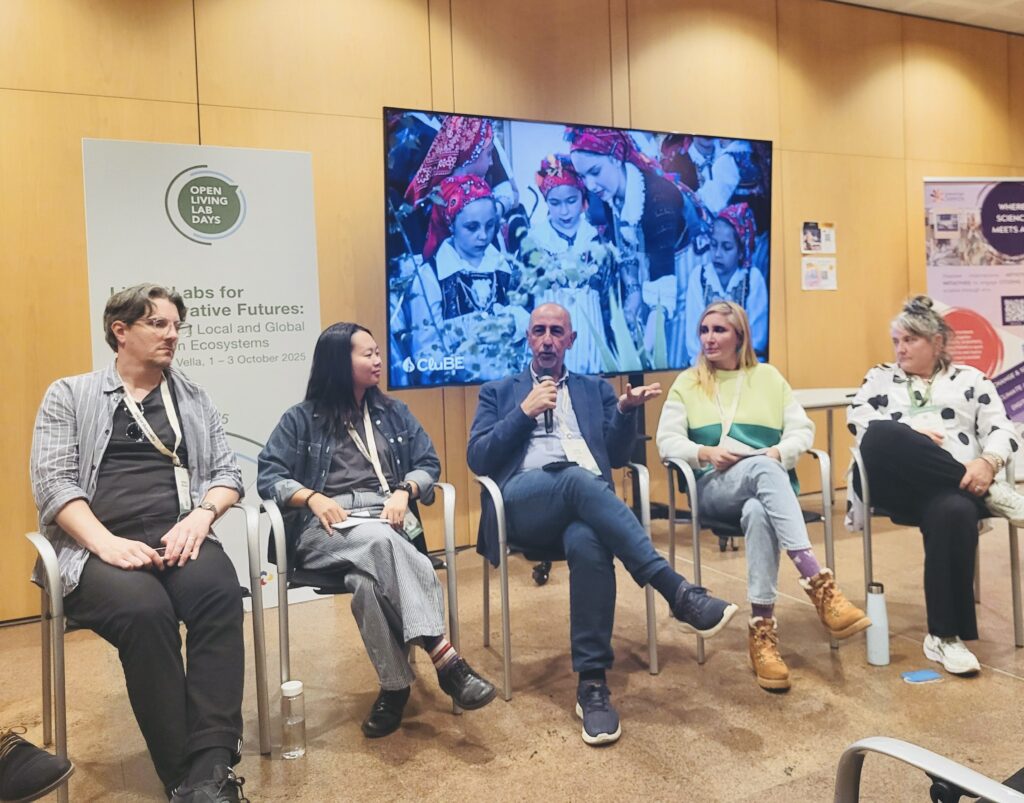

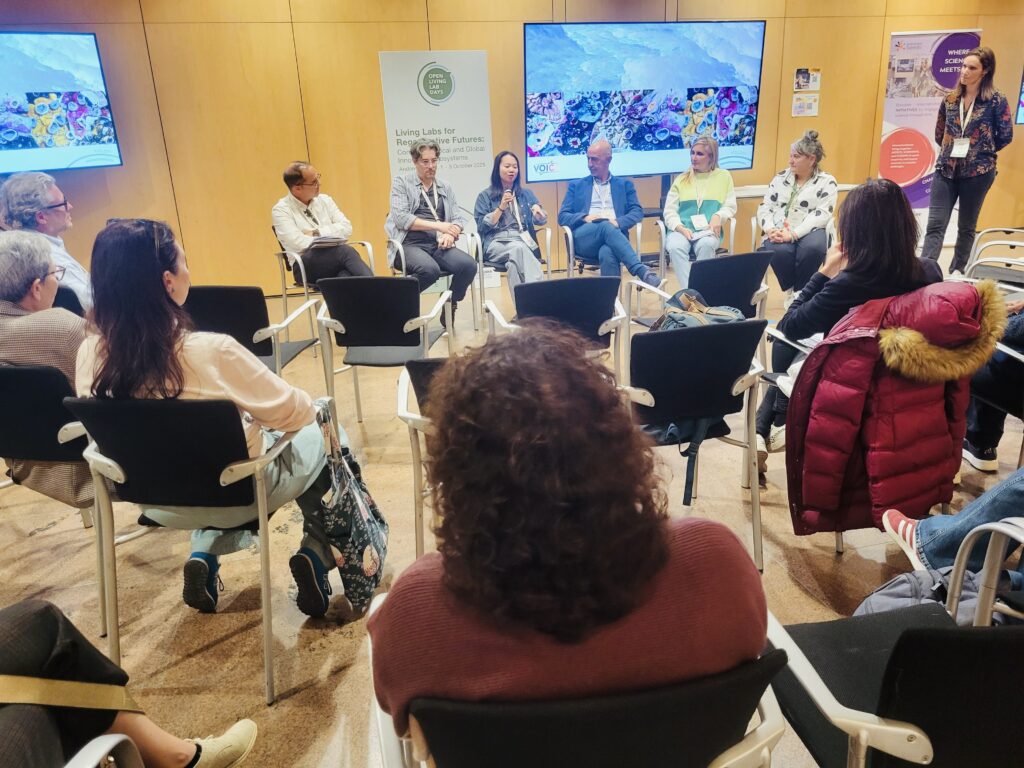
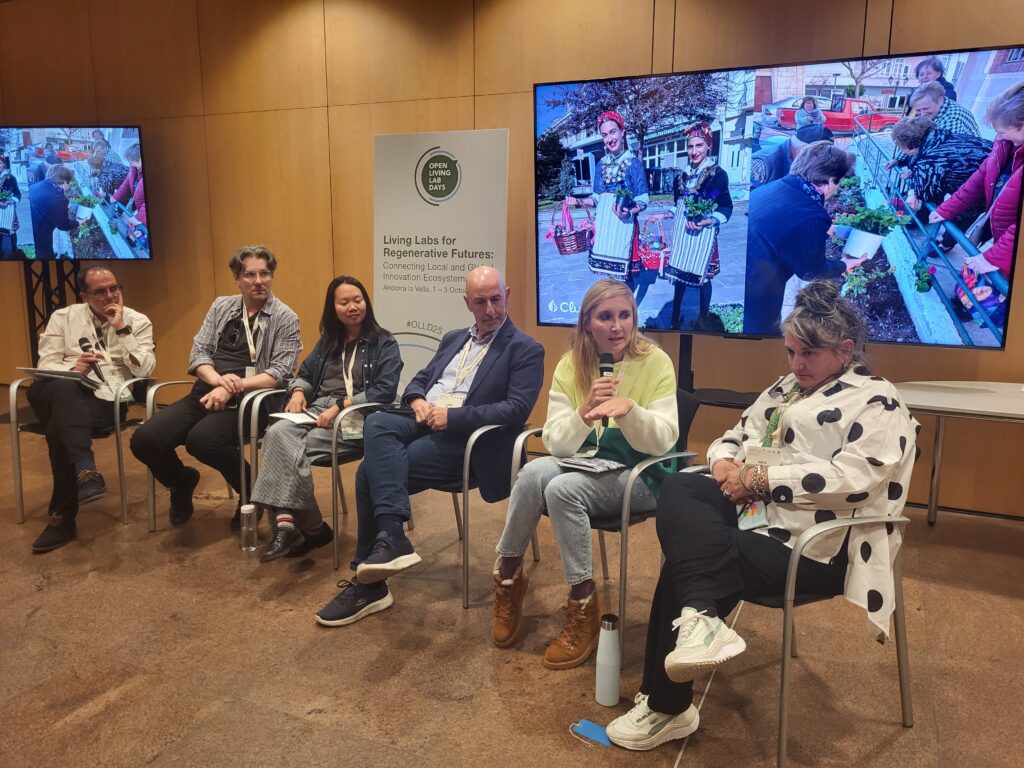
Irish artist and scientist Anita McKeowen from our sister project Voice Community, for example, repeatedly spoke of communication as one of the biggest barriers. She suggested that in many initiatives, understanding and trust failed to develop due to a lack of common ground.
Jokin Garatea from the Spanish GAIA Cluster, a partner in the InteractionSeeds consortium, even reported on a new role that has increasingly emerged during collaborations – the so-called art/science facilitator. This is an expert who accompanies and supports both parties in the process.
For Hayley Ho, designer and researcher at the Swedish research institute RISE, it was important to mention that shared passion can build bridges between different perspectives and goals.
Ioana Stoicescu, a passionate diver and geologist from the French organisation Naturedive, based in Nice, argued along similar lines. Collaboration has the greatest impact on recipients when it emotionalises and inspires people. In her experience, this works best with videos.
Throughout the exchange, however, it became clear time and again what InteractionSeeds project coordinator Stéphanie Petit from the French Dowel Innovation team aptly put it: Collaboration between art, science, culture and industry can only be successful if there is mutual acceptance and respect. She underlined this with an example: “An artistic approach can strengthen the sense of belonging for young people in particular. They were involved in co-creating a street art performance with an artist who had to adapt her work to the ideas proposed by the students.’ When we discuss climate change with young people, they need to know what’s next; they feel a responsibility to continue the art-science interaction. They asked, ‘So what?’ – and we discussed the concrete implications of each interaction.” To support this process, the InteractionSeeds project is developing a self-assessment tool for researchers to help them design innovative projects connecting art and science.
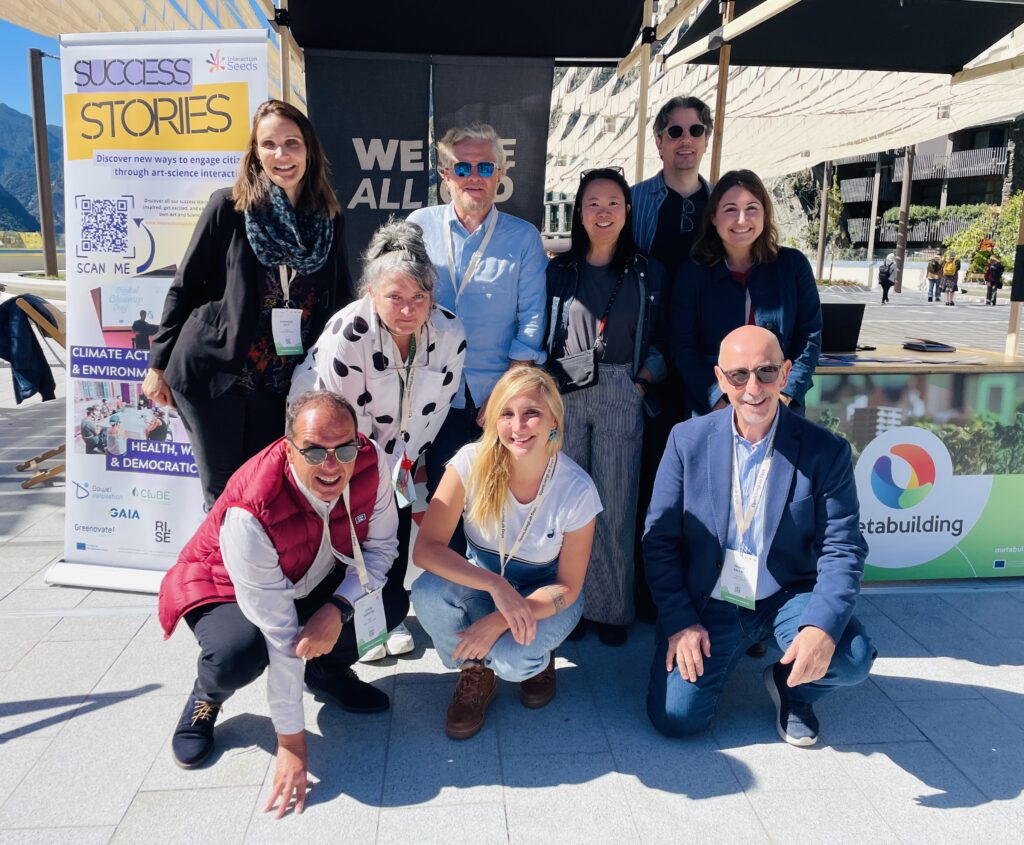
After the intensive exchange in the Pyrenees, one thing became clear to everyone: the approach of bringing art and science together is already bearing valuable fruits in key areas.
The basis for continuing to work on this form of innovation and creating numerous living labs and innovation spaces offers both sides a real foundation for developing solutions to the societal challenges of today and tomorrow.
Explore and download the Success Stories Magazine for free

